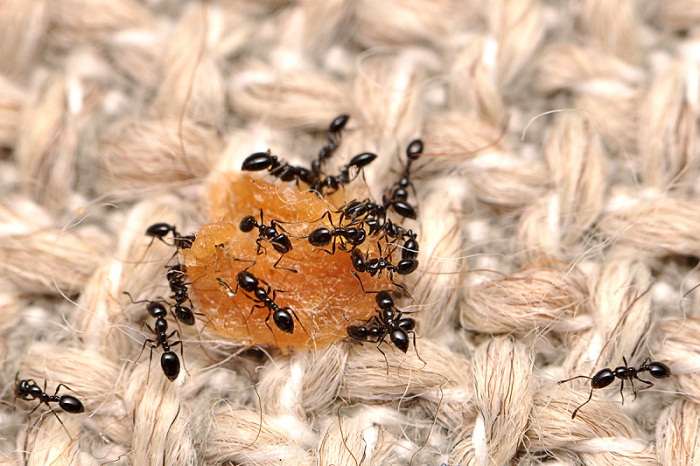Your home is a jungle inhabited by 100 different species

The survey found 579 species, mainly insects, spiders, beetles, mites, flies and ants, in 50 detached houses in the leafy suburbs of Raleigh, North Carolina. “The residents were really surprised and often horrified that we found so much, so we had to calm them down by saying it was normal,” says Matt Bertone of North Carolina State University in Raleigh, who led the survey.
He says the results dispel ideas that modern homes are sterile deserts, showing instead that they teem with unseen life. “The biggest surprise was finding at least one species in almost every room, with only five of the 554 rooms drawing a blank,” says Bertone. Some have adapted to live in human homes permanently, such as cobweb spiders and booklice.
Bertone says that the species the team spotted most frequently are known to be abundant worldwide, but the exact proportions of creatures found in this suburb may differ from those in inner-city tower blocks or rural houses.
Home ecosystem
The arthropods were found anywhere from carpets and floorboard cracks to shelves and skirting boards.
The good news is that most are unlikely to harm you or your house. In fact, many pest species, such as bed bugs or German cockroaches, were absent from most of the houses.
The only creatures found in every home were ants, carpet beetles, cobweb spiders and gall midges. “They rely on things we produce or have in our homes,” says Bertone.
Taken together, these regulars form a neat ecosystem, with spiders and centipedes as apex predators, hunting smaller fry such as carpet beetles and other spiders.
The carpet beetles and book lice do much of the clearing up, scavenging dead insects, moulds and algae, as well as polishing off food crumbs and detritus from our own bodies, including nail clippings, hair and dead skin. Some carpet beetles live on and consume spiders’ webs.
Personal jungle
Other species, such as house flies, stray in temporarily, maybe for food or warmth in harsh weather. Still others come in by accident and are usually trapped and doomed once indoors.
“The indoor environment has proved to be full of unexpected biological diversity and houses are our own personal jungles,” says Anne Madden of the University of Colorado at Boulder. “We clearly have much to learn about the potential food webs in our homes.”
“Understanding the life that permeates our dwellings is essential to establishing the influence of our indoor life on our health,” says Jack Gilbert of Argonne National Laboratory in Illinois. “Insects have their own bacteria and move them round a house, so by understanding their biodiversity, we can better explain the distribution of microbes around our homes.”
Another recent survey of 1200 households across the United States found that household dust holds an average of 9000 different species of bacteria and fungi.















































